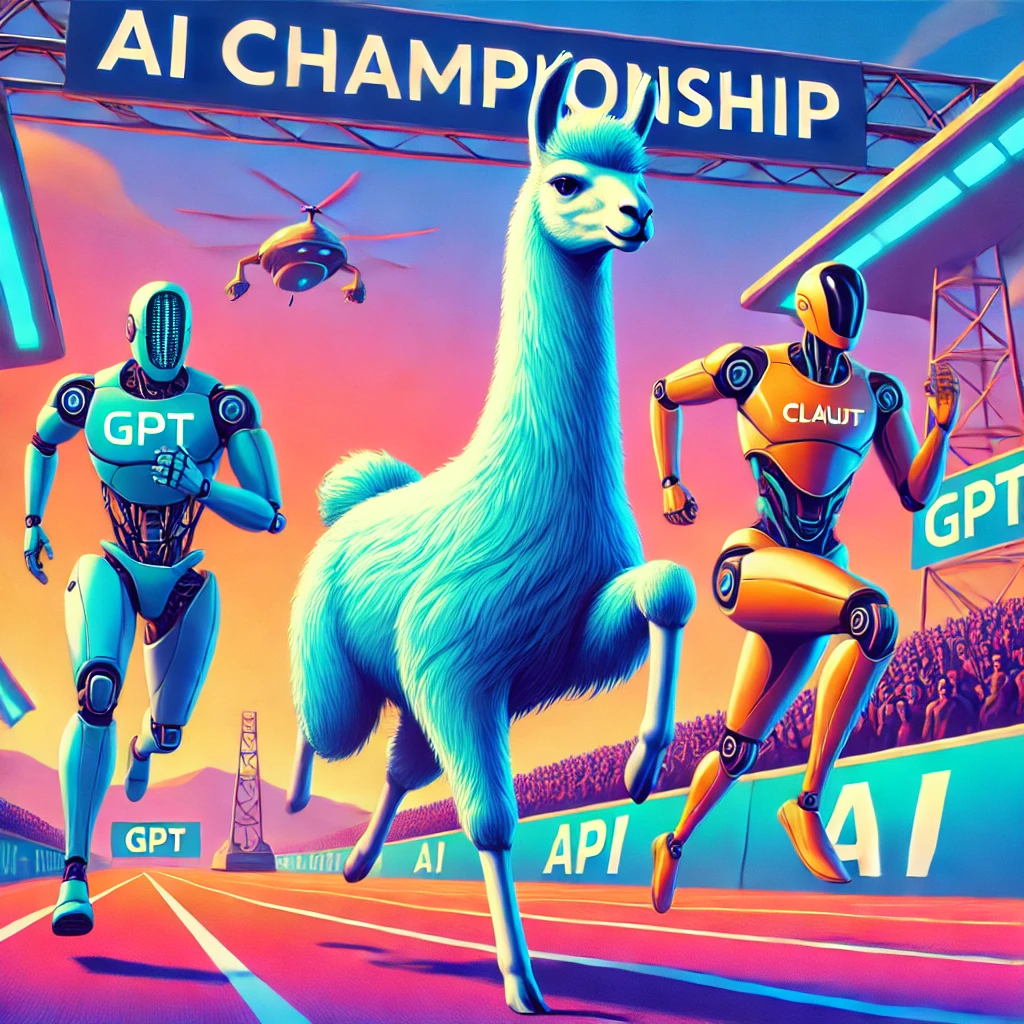Exploring Llama 3.3: The Next Leap in Generative AI 🚀

Generative AI continues to transform industries, with Meta’s Llama 3.3 setting a new benchmark. Released in December 2024, Llama 3.3 builds on the successes of its predecessors, offering unmatched performance, accessibility, and ethical AI integration. Competing directly with proprietary giants like GPT-4 and Claude 3.5, this open-source powerhouse promises a revolution in AI applications.
🌟 Key Features That Define Llama 3.3
1. Expanded Context Window 🧠
With a 128,000-token context window, Llama 3.3 excels at managing lengthy inputs and delivering coherent outputs. Perfect for:
- Summarizing complex research papers.
- Engaging in detailed, multi-turn conversations.
2. Advanced Multimodal Capabilities 🎨🔊
Llama 3.3 isn’t just a text wizard—it handles text, images, and audio seamlessly. This opens the door for:
- Generating image captions with precision.
- Designing audio-based prompts or transcriptions.
- Bridging gaps between textual and visual information.
3. Customization Made Easy 🔧
Fine-tuning Llama 3.3 is efficient and cost-effective, even with smaller datasets. Industries can adapt it for:
- Tailored customer service.
- Domain-specific tasks like legal or medical support.
- Personalized education tools.
4. Optimized Performance 💨
With faster inference speeds and lower computational requirements, Llama 3.3 is:
- Ideal for edge devices.
- Scalable for businesses of all sizes.
5. Ethical and Responsible AI 🌍
Llama 3.3 incorporates advanced tools to reduce biases and prevent misinformation, ensuring ethical outputs. Developers can also monitor and safeguard generated content more effectively.
🏆 Why Llama 3.3 Stands Out
Llama 3.3 offers a 70 billion parameter architecture, balancing power and efficiency. It’s open-source, fostering innovation and accessibility—a sharp contrast to costly proprietary models.
Benchmark Results:
- Math (MATH): Scored 77.0, rivaling GPT-4 and Claude 3.5.
- Multilingual Tasks (MGSM): Scored 91.1, outperforming GPT-4o and closely trailing Claude 3.5.
- Instruction Following: Scored 92.1, outpacing GPT-4o.
💡 Applications Across Industries
The versatility of Llama 3.3 is evident in its wide-ranging use cases:
- Education: Personal tutors and adaptive curriculum planners.
- Healthcare: Patient communication tools and medical data interpretation.
- Entertainment: AI-driven scriptwriting and immersive game narratives.
- Business: Automated reporting, advanced analytics, and customer engagement.
📊 Cost-Effectiveness and Competitive Edge
Llama 3.3 shines in affordability:
- Input Token Cost: $0.10 (vs GPT-4o’s $2.50).
- Output Token Cost: $0.40 (vs GPT-4o’s $10.00).
With no licensing fees, it’s an ideal choice for startups and researchers managing tight budgets.
🤔 Challenges and Opportunities
While Llama 3.3 is groundbreaking, it also presents challenges:
- Ethical Considerations: Ensuring consistent safeguards against biases and misinformation.
- Computational Costs: Though optimized, fine-tuning still demands infrastructure.
Opportunity Alert: These challenges encourage complementary innovations, paving the way for tools that enhance ethical AI deployment.
📌 Conclusion: Llama 3.3—A True Game-Changer
Meta’s Llama 3.3 isn’t just an update; it’s a leap forward in generative AI. Its combination of high performance, cost efficiency, and ethical safeguards makes it a standout choice for developers, researchers, and enterprises.
As we embrace this new era, Llama 3.3 unlocks limitless possibilities in human-AI collaboration, empowering industries to innovate responsibly.
What do you think about Llama 3.3? Join the conversation in the comments below and share your thoughts on how this model can transform the future! 👇
🔍 Sources and Acknowledgments
- Geeky Gadgets, Yahoo Finance, Reuters, Silicon Republic, DocsBot, Kili Technology
- Meta’s Llama Documentation
